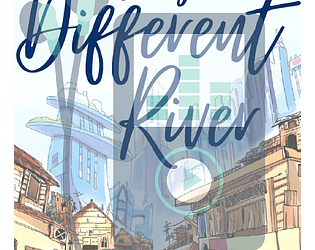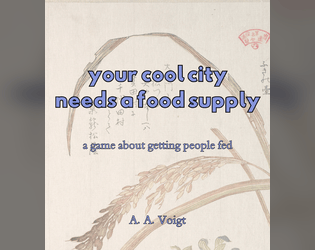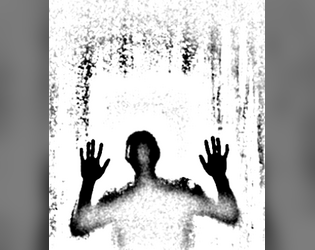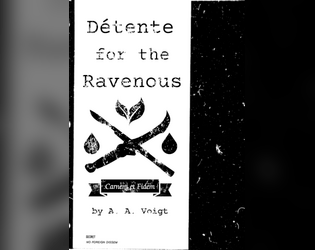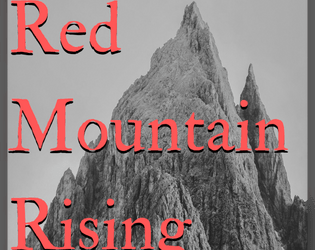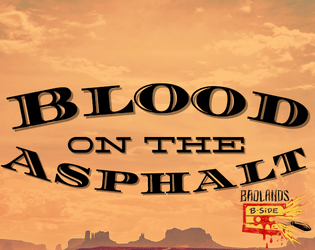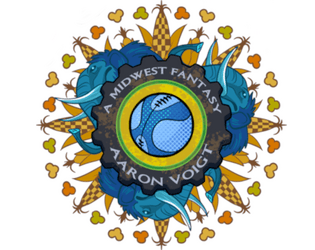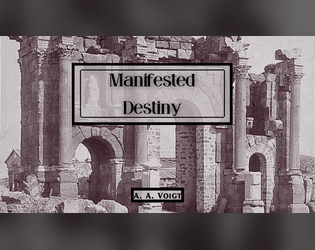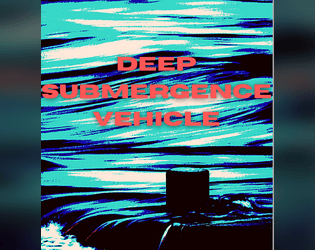Aaronsxl
103
Posts
6
Topics
393
Followers
97
Following
A member registered Jun 06, 2020 · View creator page →
Creator of
a minor mission for Detente for the Ravenous
A Resistance game about punishing theocratic empires
A 5th edition warlock subclass with 5 patrons from the Poppy War trilogy
Direct a horror movie with your friends in this Caltrop Core exorcism game
Recent community posts
It’s Been a Long Time Coming follows a similar structure, going so far as to build the question of confrontation into character creation. The entire game will be spent answering prompts that orbit around your characters and their lives, but your partner will always be there in the background, a sword of Damocles perpetually swinging in the wind.
your cool city needs a food supply comments · Replied to InclusiveGames in your cool city needs a food supply comments
Do you think the Minotaur and the child of Omelas would be friends? comments · Posted in Do you think the Minotaur and the child of Omelas would be friends? comments
your cool city needs a food supply comments · Replied to Ranarh in your cool city needs a food supply comments
To Lay a Foundation: A Roleplay of Public Service comments · Posted in To Lay a Foundation: A Roleplay of Public Service comments
Stewpot: Tales from a Fantasy Tavern comments · Posted in Stewpot: Tales from a Fantasy Tavern comments
Wanderhome designer Jay Dragon and book designer Ruby Lavin added a deeply insightful annotated version of the game, one which not only provides fascinating insights into the layout and construction of the text, but also makes explicit a lot of history that was originally obscured. In order to organize these lore tidbits, I’ve taken it upon myself to construct a theoretical timeline of the Haethlands, divided into three, very loosely-defined Ages.
Detente for the Ravenous: The Roleplaying Game comments · Replied to pinpanar9 in Detente for the Ravenous: The Roleplaying Game comments
Nguyen’s works place the player in the position of being one of the least powerful people, a civilian from South Vietnam, caught between the oncoming communist forces and suffering under American occupation. The emotion and sincerity of both texts is undeniable, and the perspective they espouse is one of desperation, horror, and the sheer difficulty of survival.
I think Un-navigatable mourns the loss of those memories for the same reason you might want to hide them. Every inch of this game is about acknowledging the rawest, most sincere interests and emotions of your youth, unfiltered and awkward though they may be. It wants you to celebrate the person you used to be, because that’s the person that made you you.


